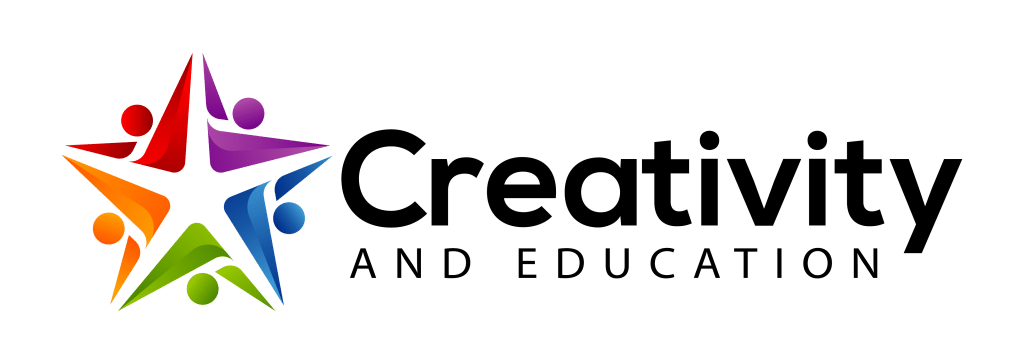We would like you to think of a swimmer. Becoming a good swimmer is not just about developing one skill, such as kicking, it is about developing multiple skills- such as breath control, using different strokes, body coordination, and kicking. Like swimming, creativity isn’t about just one skill. When we look to the literature, it is about multiple skills such as curiosity, looking at things from multiple perspectives, being original, and generating multiple ideas, to name a few. What you will find on this platform is a set of 20 skills, most of them coming from the work of *E. Paul Torrance, who was known as the Father of Creativity in Education. Additionally, it features a number of skills that are featured in contemporary creativity literature. If you click on one of the skills, it will take you to our youtube station, CreateTUBEity, where it will provide you with quick warm-ups to become acquainted with the skills! Once you have a basic overview of the skills, scroll down to learn how to bring creativity into your content.

Infuse Creativity
Introducing The Creativity Skill Set
If you would like to become more acquainted with these twenty skills download one of our posters:
Putting Together your Creativity and Education Sandwich
Teachers frequently approach us eager and excited to bring creativity into their classrooms, but they often have two pressing questions.
-
How do I actually do it?
-
How do I do it when I am already pressed for time?
Fortunately, we have numerous ideas and strategies to help you weave creative thinking into the classroom without adding on more hours in the school day! And even better, you are likely doing some of these in your classroom.
To begin, think about the content you are teaching. For example, let’s say you are teaching the parts of a microscope and your content goal is to have students understand all the different parts of a microscope and how they work. Next, select one of the creative thinking skills, and think about how you might use that skill to teach the parts of a microscope. You probably have your students use the microscope to look at different magnifications- so they are already looking at things in different ways. But what if you had your students get curious about the microscope, and generate a list of questions they have about all the different parts? Or if what asked them to enjoy and use fantasy, and imagine what it is like to be the specimen on the slide?
When you integrate a skill into the content (and we recommend selecting one skill at a time!), it immediately adds a level of creativity into your content, so you are both teaching for creativity and teaching more creatively, which will likely increase the level of student engagement. This technique was originally described through the work of E. Paul Torrance in the Torrance Incubation Model for Creative Teaching and Learning.
After we conducted dozens of educator workshops on this simple technique, we began to collect teachers’ ideas, and wrote them up in a book called, “Weaving Creativity into Every Strand of Your Curriculum”. Additionally, this book has the voices of 25 different educators who teach in different disciplines and age ranges. You can read the first two chapters of this book in our resource section below and purchase the book on amazon here.






















